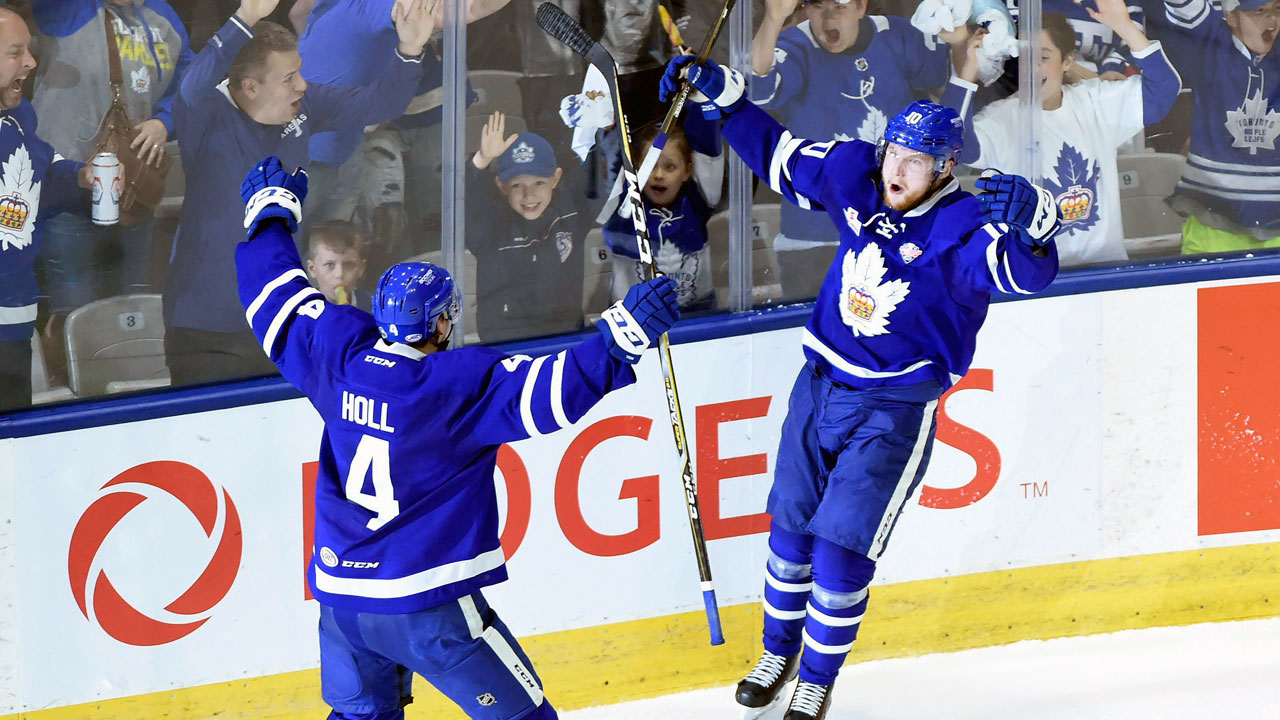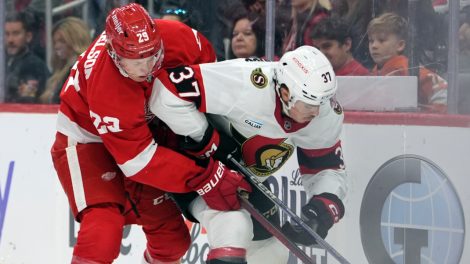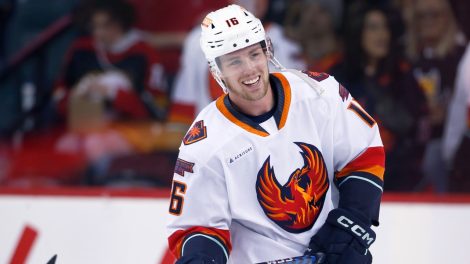The real news here is not that the American Hockey League was forced to shutter a season for the first time in its history.
It’s been clear to those in power that things were heading this way since the early days of the COVID-19 pandemic.
No, what stood out most about Monday’s official cancellation of the 2019-20 campaign is how much unpredictability hangs over the 2020-21 AHL season as well. In a gate-driven league where you have teams run both by independent businesspeople and NHL organizations, there are bound to be competing objectives.
So as the AHL actively turns its attention to a new season that could start in October, November, December or January, it’s also preparing for the possibility the league itself might have to function in a way it never has previously.
“There’s a ton of uncertainty here,” AHL president David Andrews said during an appearance on Hockey
Central at Noon.
“We need to prepare for all of those scenarios and whether it’s a full league operating for a full season, or whether it’s some critical mass of teams operating for less than a full season or whether it’s regional competitions — a completely different look than what we’ve done in the past get
through 2020-21 — we’re going to have to find that solution as we go along.”
He’ll spearhead the task along with Scott Howson, the man set to replace him on July 1. But there’s only so much that can be decided before they gain a clearer understanding of how long health restrictions will remain in place.
Playing ghost games — those with no fans — is not an option for most AHL teams, especially those run like a business rather than a vehicle solely made to develop NHL players.
“We’re not designed (for that),” said Andrews. “The American Hockey League as it presently operates can not play in front of empty buildings for any sustained period of time.”
That’s a major reason why it was no longer considered feasible to try and conclude this season and playoffs, making 2020 the first year where the Calder Cup won’t be awarded since first being introduced in 1937.
Not even the Second World War previously interrupted that string of championships.
The prevailing thought among NHL executives is that the AHL probably won’t start back up with all of its teams initially, which might force some shared affiliation agreements until normalcy returns.
“We’re going to play in 2021,” said Andrews. “I don’t want to even think about the possibility we won’t play at all and we’ll figure out the best way for us to play. Player development is really crucial for all the NHL teams.
“I mean, they want these young guys playing, so we’ve got to figure out how that’s going to work and what the business model looks like and it might be something dramatically different from what it looks like now.”
Andrews said he’s been working in lockstep with the NHL since play was halted on March 12 and credited teams for deciding to pay out all AHL player salaries in full, even though they owned contractual rights that didn’t force them to honour the cancelled portion of schedule.
As the AHL enters a long wait until its next game, some players might be granted a lifeline.
The NHL is still actively engaged in trying to finish its season and teams believe they’ll return with expanded rosters of 30 players or more if it manages to restart. Those taxi squads will be essential to finishing out an expanded 24-team Stanley Cup playoff format that’s currently believed to be the favoured option of the league.
Jumping directly into the post-season would free NHL teams from having to be cap compliant — meaning there would be no restrictions on which players under contract they could recall from the AHL, Europe or Canadian Hockey League to fill out those expanded rosters.
“I do know that some NHL clubs have had that conversation almost immediately with their top AHL players,” said Andrews. “That they were going to be sort of on the taxi squad when the time comes, so ‘work out, we’ll be in touch with you.”’
Even if the AHL’s cancellation announcement came as no surprise — the league’s board of governors voted unanimously to shutter the season during what was described by one source as a “short call” on Friday afternoon — it still arrives with disappointment.
It robs a young team like the Belleville Senators, for example, from experiencing a potentially important playoff run. That group was led by aged 22-and-under prospects Josh Norris, Drake Batherson and Alex Formenton — each of whom will be counted on to take the next step to rebuilding Ottawa in the not-too-distant future.
“We had a good shot this year,” said one member of the Baby Sens.
History will record Milwaukee as the AHL’s top team (.714 points percentage), Iowa’s Sam Anas as its top producer (70 points), Iowa’s Gerry Mayhew as its top scorer (39 goals) and Norris as its top rookie scorer (31 goals and 61 points). Iowa goaltender Kaapo Kahkonen led the way with 25 wins while Providence’s Dan Vladar had the best save percentage at .936.
But the story of 2019-20 will be left incomplete.
And no one can say with any certainty when the next chapter might begin, or what it might look like.
[relatedlinks]









